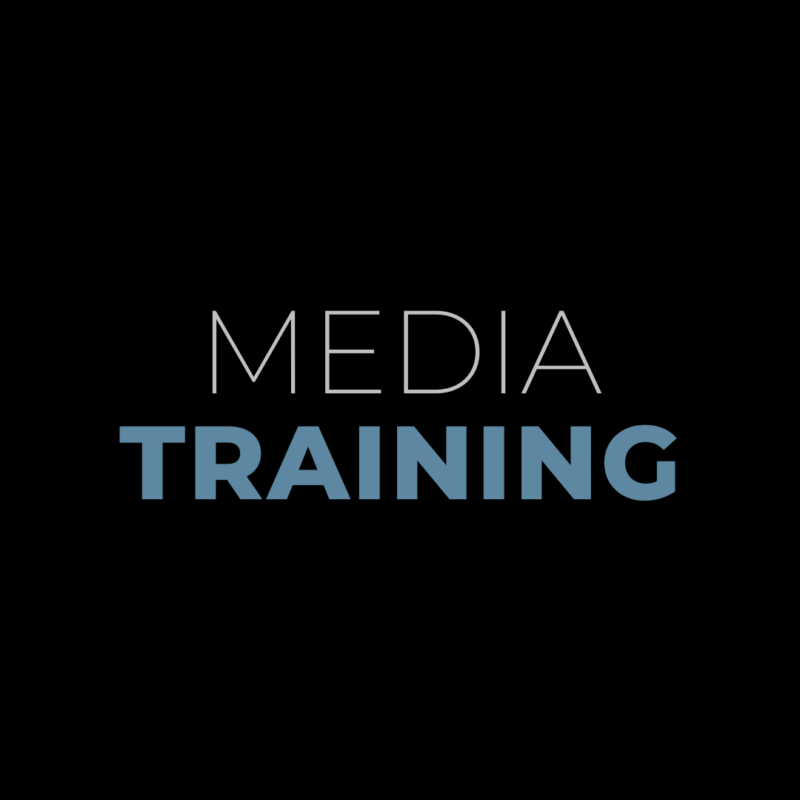Promote U: Creating a content plan
Welcome to the first post in a series from Obsidian’s Promote University – or “Promote U” – the ins and outs of promoting yourself, your product or your business through creative, original content. This post focuses on creating a content plan, which may seem like a daunting task, but it’s actually an enjoyable (and essential) part of any content management plan.
Step 1: List available channels for distributing your content.
It’s tempting to start the process of building a content plan with a list of topics. However, a better place to start is to create a list of channels where you will distribute your content.
To get started, think of all of the places your audience gets information about your business – your website, blog, newsletters, emails, social media or other publications your company produces. Then, look for avenues you could add or need to capitalize on more.
- Do you regularly initiate media relations efforts? Include pitching angles and submitted expert articles to local or trade publications.
- Do you publish content on LinkedIn? This could be a great outlet, especially if you don’t have a company blog.
- Do you update content on your website regularly? Use your homepage to spotlight team members, highlight products or services, or showcase customer testimonials. Change out the content regularly.
- Are you utilizing video or podcasts currently? Most likely, you have seen the stats that show “video is king” when it comes to content marketing, but experts claim that podcasts, as a way to highlight expertise, are up-and-coming. (See this article on the Pew Research Center website for interesting facts about podcasting.)
Step 2: List possible topics for various pieces of content.
Now, it’s time to think about the content. And, the more ideas you can jot down, the better, so you always have a well of ideas!
- Think about your area(s) of expertise. Craft content that provides deeper explanations, gives insider tips or offers additional resources your clients could use to help them.
- Think about your industry. Are there recent changes, innovative news, noteworthy happenings or interesting articles your clients would be interested in? Share that news either directly with your audiences as is (giving full credit to the original author/publication) or relay that information with your own individual input on how the content relates to you or your business.
- Think about frequently asked questions about your business or services that you answer on a regular basis. Take each question and build out an in-depth post where you can provide even more insight on the topic.
- Offer “insider” content. Some of the most engaging content for brands shows the inner workings of the company, like a “day-in-the-life” feature on what it’s like to work at your company or a “behind-the-scenes” look at preparation for an event or a product launch.
Step 3: Set publication dates.
This is where you map out the channels and topics together on a calendar or spreadsheet organized by when you want to publish the content. Once you get started on the content plan, you will be amazed at the ways you find to cross-promote and repurpose your content, and you will be shocked at how quickly it fills up.
A final tip is to be sure to include deadlines for yourself in the plan to ensure you stick to the schedule and generate content on a consistent basis.
This blog post originally appeared on the Greater Memphis Chamber’s blog. To view the original post, click here.


